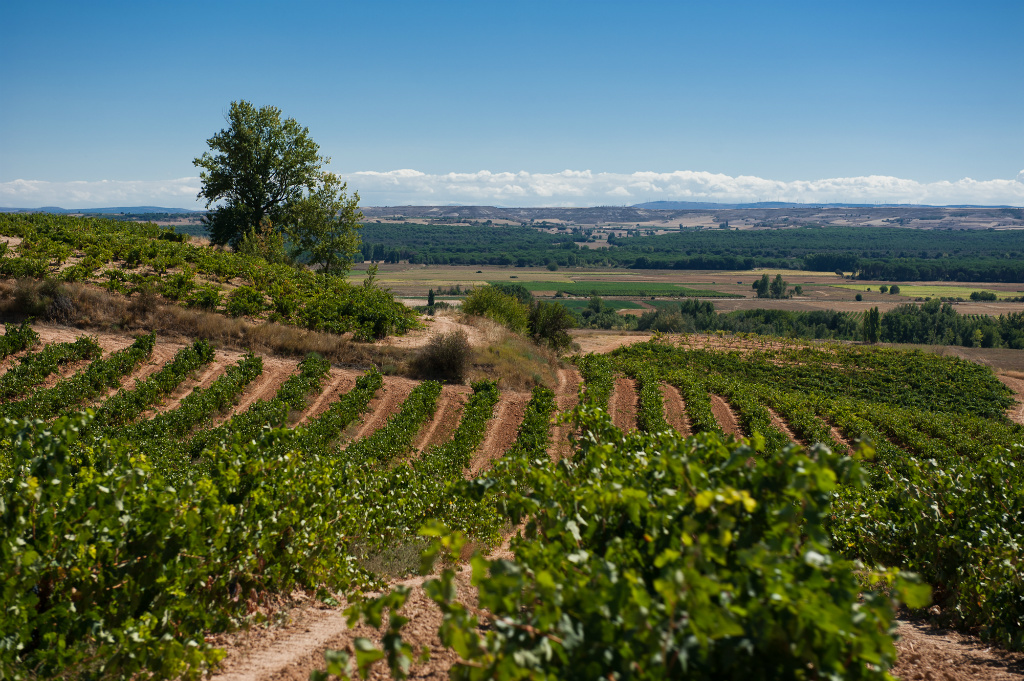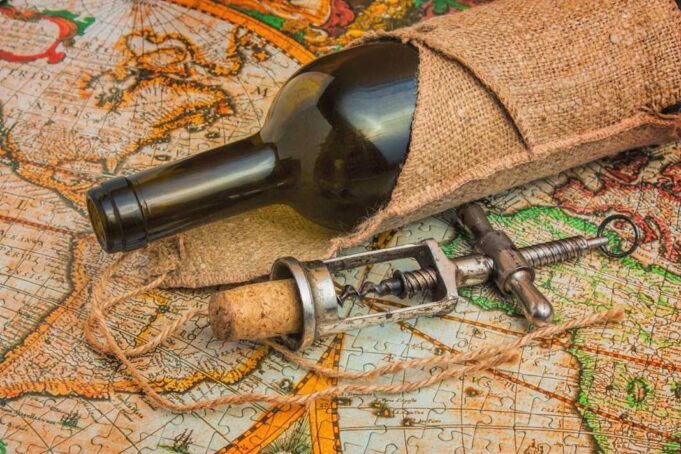The World’s Best Wine Regions
All winemakers revere more than 10 wine regions in the world. The ranking here is unstable and changes from year to year, especially since grapes are a capricious crop. For instance, the vineyards of Argentina, the Western Cape of South Africa, New Zealand, and Australia did not make it here, along with those in Greece. And yet we are talking about the top wine regions in the world.
1. Burgundy (France)
The Burgundy wine-growing zone extends for about 250 km from Auxerre to Macon, covering three departments: Yonne, Côte d’Or, and Saône-et-Loire. These vineyards occupy approximately 22,000 hectares of land. Not many varieties are grown here, including Chardonnay and Aligote for white wines and Pinot Noir for red wines. The cadastral unit determines the origin in Burgundy, meaning a variety can have multiple owners. Historically, the church owned these vineyards until they were confiscated and divided after the French Revolution. The unique characteristics of Burgundy’s soil give its wines a special complexity and depth.
2. Champagne (France)

Located in the northeast of France, Champagne is famous for producing sparkling white wine. The European Union and most countries legally recognize the term “Champagne” exclusively for wines from this region. Additionally, its reputation is shaped by brands like Moët & Chandon, Dom Pérignon, and Perrier-Jouët. The primary grape varieties include Chardonnay, Pinot Meunier, and Pinot Noir. Although sparkling wines dominate, other varieties such as Coteaux Champenois and Ratafia de Champagne are also produced. However, since producing Champagne is more profitable, still and fortified wines have significantly decreased in quantity.
3. Tuscany (Italy)
Tuscany is home to some of the world’s most renowned wines, such as Brunello, Chianti Classico, and Carmignano. The region’s vineyards cover a much larger area than other Italian wine regions, primarily focusing on red wine production. The dominant grape, Sangiovese, produces slightly tart, herbaceous, and spicy wines. Over the years, Tuscany has expanded to include Cabernet Franc, Sauvignon, Syrah, and Merlot, which are blended into DOCG wines or used for Vino da Tavola. As a result, every significant estate in Tuscany strives to distinguish itself by promoting at least one appellation to the global market.
Read more: Top 10 Countries for Plant-Based Living
4. Bordeaux (France)

Bordeaux has had the most significant influence on the world of wine, being the largest wine region in France with 120,000 hectares of vineyards. Every year, over 700 million bottles are exported globally, ranging from inexpensive table wines to elite brands. Wine production in Bordeaux takes place in private estates known as châteaux, with around 9,000 such properties and 15,000 winegrowers. The Merlot grape reigns supreme, especially in historical wines like Château Ausone and Pétrus. While red Bordeaux wines are highly valued, white wines from the region are noticeably less popular.
5. Mosel (Germany)
The Mosel Valley, formed by the Saar and Ruwer rivers, creates the ideal environment for wines with complex flavors. The steep, south-facing slopes provide ample sunlight, while the slate-rich soils contribute to their deep minerality. Riesling is the dominant grape, known for its soft texture and balanced acidity. Every autumn, numerous wine festivals take place in the valley, celebrating its diverse wine culture. Around 2,000 winemakers bottle and sell their products, while some supply grapes to cooperatives or export them for table wine production.
6. Napa Valley (California)

Napa Valley was the first American wine region to achieve international recognition. With its Mediterranean climate, combined with volcanic ash and ancient ocean fossils, the valley produces exceptional wines. John Petchet founded the first commercial vineyard here in 1858, and since then, Napa Valley has become a major wine tourism destination. Approximately 4.5 million visitors come here annually, making it one of California’s most visited regions. Today, over 450 wineries cultivate a variety of grapes, including Cabernet Sauvignon, Chardonnay, Merlot, and Zinfandel. Many California wines are blended for a unique flavor profile.
7. Piedmont (Italy)
Piedmont, located at the foot of the Alps, is known for its foggy climate, which is essential for producing world-class wine. The region’s flagship grape is Nebbiolo, used to make the renowned Barolo and Barbaresco wines. Barolo, often called the “King of Wines,” is among the top ten wines in the world. Additionally, Asti Spumante is widely popular. Due to the region’s climatic conditions, summers are hot, while autumn and winter bring frequent rains and fog. Although attempts have been made to cultivate Nebbiolo outside Piedmont, none have been successful.
8. Ribera del Duero (Spain)

In northern Spain, Ribera del Duero is a prestigious wine region, home to the world’s most expensive wine, Vega Sicilia. The vineyards stretch across 12,750 hectares in four provinces: Valladolid, Segovia, Burgos, and Soria. The harsh continental climate contributes to the region’s winemaking success. In 1982, the Regulatory Council was established to maintain quality standards, permitting only six grape varieties. Additionally, strict regulations limit the harvest to 7 tons per hectare. Wines produced here include rosé and red wines, with red wines requiring at least 95% approved varieties.
9. Barossa Valley (Australia)
The Barossa Valley is Australia’s primary wine region and a major tourist destination. Located 60 km northeast of Adelaide, the valley’s economy revolves around winemaking, employing most of the local population. Vineyards stretch for kilometers, producing premium Shiraz wines. The largest plantations belong to Penfolds Grange, which creates the most renowned Australian wine. The valley’s red wines are particularly famous, complementing meat dishes like steak. Additionally, the Grenache variety is widely used for blends, enhancing flavor complexity.
Read more: Best U.S. Cities for Food Lovers
10. South of France

The southern coast of France, between Marseille and Catalonia, is a rapidly growing wine region. Historically known for producing ordinary wines, the region has recently developed many excellent reds. Due to declining yields in Languedoc, Roussillon, and Minervois, fruit-forward wines made from Syrah, Grenache, and Cabernet have gained prominence. Around 85% of the wines produced here are red, but rosé and white wines are also available. This region is now setting new aromatic trends with wines that span all price categories. The Côtes du Rhône and Gironde regions have introduced complex, world-renowned wines.





















